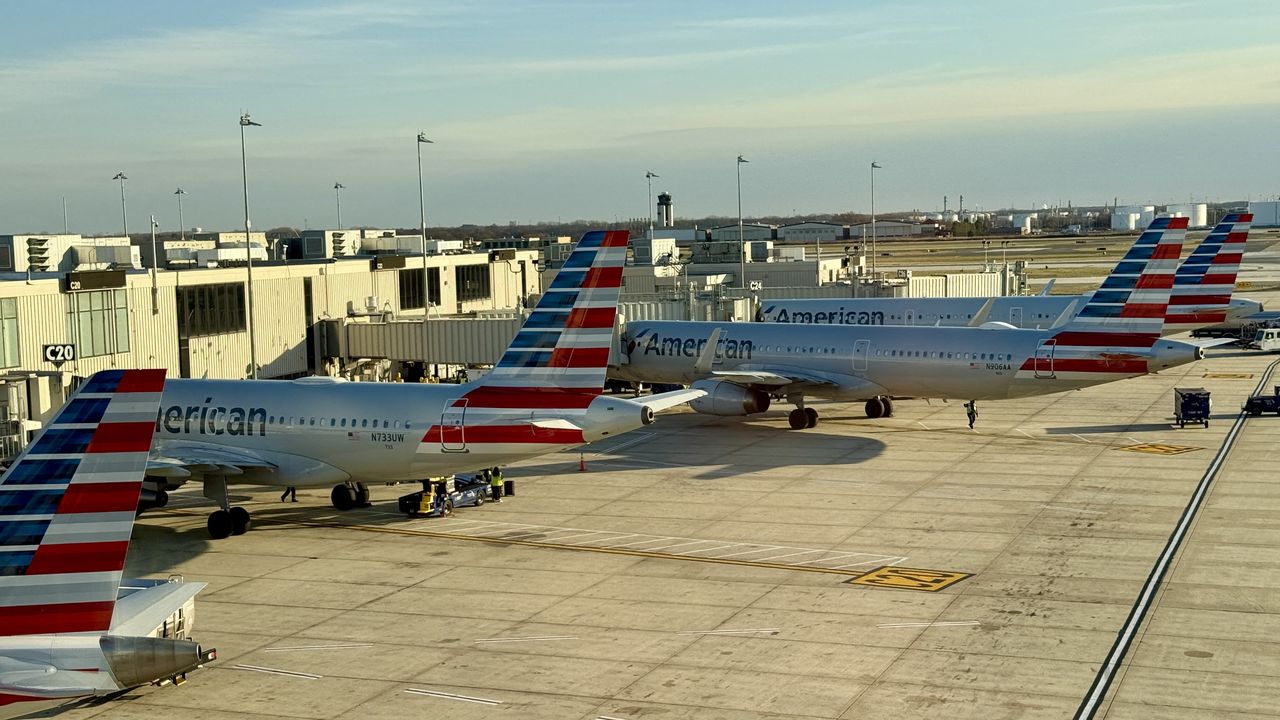How "Goods Getaways" will shape 2025 travel
Trying to save on travel this year? Consider "detour destinations" — oft-overshadowed places near perennial hotspots worth a closer look for the budget-conscious or crowd-weary.
Why it matters: Travel prices rose 10% from September 2019 to September 2024, per a recent NerdWallet analysis, leaving many searching for cheaper ways to get away.
Driving the news: "Detour destinations" will be a big 2025 travel trend, predicts Expedia's annual year-ahead outlook.
- "63% of consumers say they are likely to visit a detour destination on their next trip."
- Among Expedia's trending "detour destinations:" Reims, France (detour from Paris); Brescia, Italy (detour from Milan); Cozumel, Mexico (detour from Cancun); Santa Barbara, California (detour from Los Angeles) and Waikato, New Zealand (detour from Auckland).
Zoom in: Some travelers are embracing what Expedia calls "goods getaways," or traveling in search of a viral item they can't find back home — that chocolate bar from Dubai, for instance.
- "When going on vacation, 39% of travelers visit grocery stores or supermarkets and 44% shop for local goods they can't get at home."
The intrigue: "Noctourism," or traveling to bask in the glory of a stunning night sky, is another 2025 travel trend to watch, per Booking.com's 2025 travel predictions.
- Many of the country's best dark sky sites are out West, like Arches National Park in Utah, Big Bend National Park in Texas, and Joshua Tree National Park in California.
- But the East has its night-sky gems, too, like Pennsylvania's Cherry Springs State Park and the AMC Maine Woods International Dark Sky Park — which bills itself as "the first and only International Dark Sky Park in New England."
What they found: Booking.com's own list of trending destinations includes Sanya, China; Trieste, Italy; João Pessoa, Brazil; Tromsø, Norway and Willemstad, Curaçao.
Reality check: As much as travelers gripe about rising prices, they aren't stopping people from booking trips.
- 24.3 million people flew in August, "reflecting a 4% increase in U.S. domestic trips and a 3% increase in international trips compared to August 2023," per ticketing infrastructure firm Airlines Reporting Corp.
What's next: Having trouble putting an itinerary together for next year? Let AI take the wheel — 2025's version of closing your eyes and throwing a dart at a map.





















